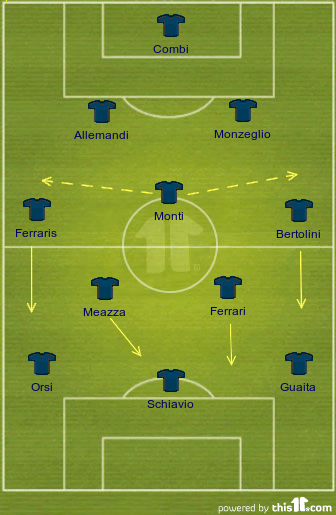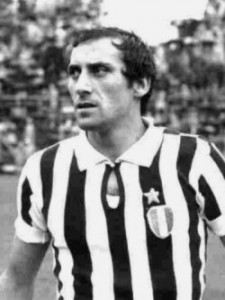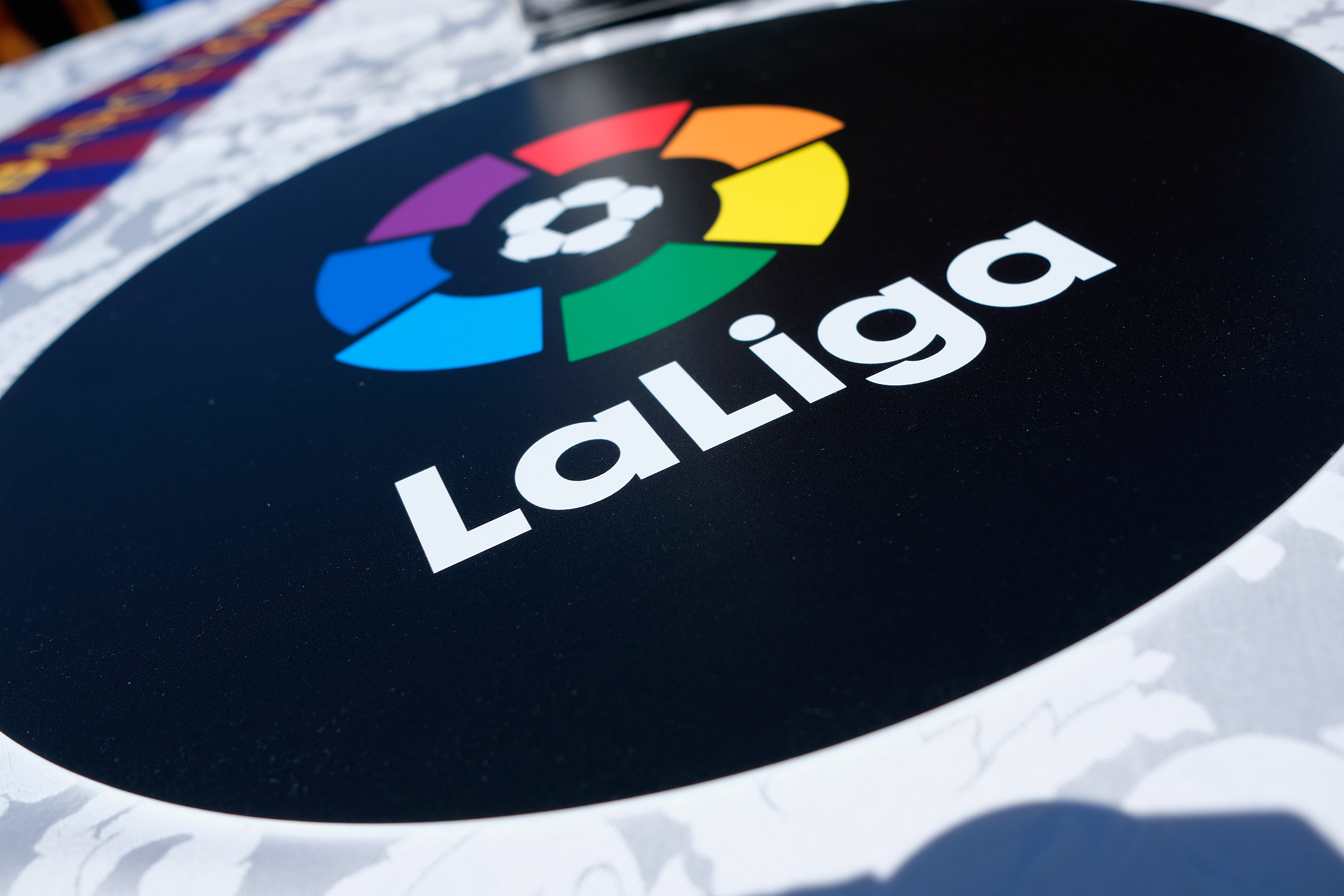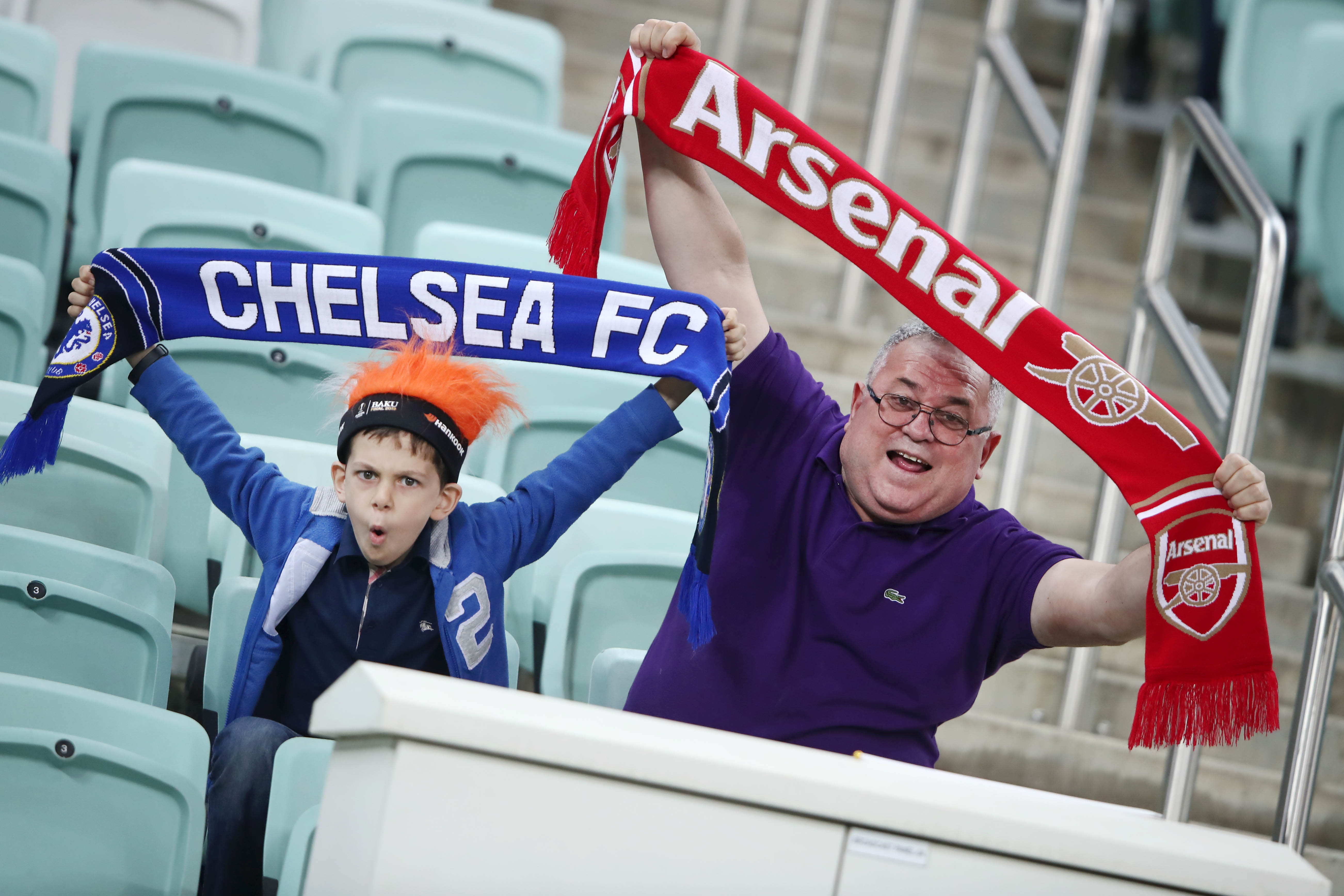Since the Calciopoli, Juventus, Italy’s most successful club, has fallen into bad times. The trophy cabinet hasn’t had a new entrant for an alarmingly long period. The quality of players recruited to wear the famous black and white jersey has dropped sharply. There’s one position that reveals Juve’s downslide in recent times perfectly – the ‘mediano’.
In Italy, ‘mediano’ means defensive midfielder – A central midfielder who is capable of putting in thumping tackles in the midfield and win possession from opponents. Juventus have a glorious history when it comes to this department.
Quinquennio d’Oro and the rise of Metodo
Quinquennio d’Oro or “The Golden Quinquennium” was the first cycle of success for Juventus. Coached by Carlo Carcano, the Old Lady created history by winning five back to back Scudetti in the 1930-1935 period. A group of players from the same squad would take part in Italy’s world cup winning campaigns in 1934 and 1938.
Among several stalwarts of that team, there was one Luis Monti. Monti, an Oriundi, had played the first world cup for Argentina. He later joined Italy and Juventus. Playing as a centre-half in archaic 2-3-5 system, Monti was arguably the first defensive central midfielder.
Monti dropped back as a centre-half providing cover the full-backs
In those days, teams focused more on attack; centre-halves often moved up with the forwards into opponent’s penalty box. Carcano, in an effort to maximize the effect of Monti’s rough tackles, restricted his forward runs. Instead he would cover the midfield laterally, marking the opponent centre-forwards. The same approach was followed successfully by Vittorio Pozzo in his metodo system.
Luis Monti would go down in history books as one of the most feared hard-men of pre-WW2 era. He was a pioneer and would pave the way for future mediani in Juve.
Il Trap and the three musketeers
Giovanni Trapattoni, a legendary mediano himself, took over the coaching post in 1976. Under him, Juventus would go on an all-conquering spree, winning every trophy that could be won. Trapattoni’s strict tactical approach was based on deploying a four man midfield with three mediani.
Giuseppe Furino, Marco Tardelli and Romeo Benetti ruled the middle of the park when they played together. The stylish Franco Causio, an iconic player in 70s, provided the main creative spark to the strikers. Each of the defensive midfielders were tactically astute and brilliant ball-winners, which enabled Causio to find more space and freedom with the ball in his feet.
Marco Tardelli can stake his claim to being the greatest defensive midfielder of all times. Best known for his legendary celebration in the 1982 world cup final, Tardelli was one of the most technically gifted midfielders of his generation. He was blessed with a never-say-die attitude and could score vital goals. He was one of the best man-markers of his generation, often shutting down opponent attackers with ease. The best example of his man-marking ability came against France in the 1978 World Cup when he completely deactivated Michel Platini, shadowing him throughout the match. Jimmy Greaves once wryly observed – “‘He’s responsible for more scar tissue than the surgeons at Harefield Hospital”.
If Tardelli was the bad among the trio, then Benetti was certainly the ugly side of it. English players, well appraised to physical football, would often name Benetti as the hardest man to play against. Tough and uncompromising, Benetti was the worst nightmare for an elegant player. He never thought twice about putting in a hard tackle when required. Against Netherlands in 1978 world cup, he performed a vicious tackle on Arie Haan before elbowing Johan Neeskens in the face.
Furino, the legendary leader of the Legendary Cycle
Furino was the “good” among the three mediani. A Bianconero through and through, Furino captained the club for a decade in its most glorious era. He was nicknamed ‘Furia’ (Fury) for his extraordinary work rate. According to his teammate Tardelli, he was the most tactically intelligent player that Marco ever came across. He won 8 Scudetti during his 15 year stint in Juve.
Massimo Bonini, San Marino’s greatest ever player, took over from Benetti in 1980s. Platini credited much of his success to the clean-up job done by Tardelli and Bonini in the background. Legend has it that Gianni Agnelli, the then Juventus President, once caught Platini smoking. He questioned Platini whether he was smoking or not. He curtly replied – “The thing that really counts is that Bonini does not smoke”.
European Glory and non-Italian mediani
The 1990s was characterized by European success under Marcelo Lippi. From 1992 to 1998, Juve played in 5 European finals, winning the Champions League in 1996. Lippi never really had a fixed system, changing it according to the opponent. This era was also marked by foreign exports who thrived as mediani.
Didier Deschamps was an inspirational figure on the field. He was calm under pressure and oozed confidence. He was one of the most crucial players in that era. Deschamps himself enjoyed his peak form in Turin, capping it off with a memorable world cup win in 1998. He was ably assisted in the centre by Angelo Di Livio. Di Livio later went on to become a cult figure in Florence.
In December, 1997, a Dutch player arrived in Juventus for a transfer fee of 5.3 million pounds. Edgar Davids had won a UCL medal with Ajax’s brilliant team of 1995 but he failed to settle in AC Milan. In the black and white jersey, he would turn into one of the most complete midfielders of his generation. Davids could do everything; he could win possession, he could man-mark opponents and he could slide in a beautiful through-ball when needed. Easily recognizable with his dreadlocked hair and goggles, Davids’ work-rate was second to none – he was a one-man army.
The pit-bull terrier
Alessio Tacchinardi was a fan favourite during his Juventus career. Not the most technically gifted player, Tacchi would often make sacrifices for the team – slotting in as a defender when needed. His endurance and work ethics covered whatever deficiency he possessed. Whenever he played, he gave it all for the Juventus shirt. He was also capable of scoring some cracking goals.
Patrick Vieira, one of best DMs in the world during his peak years, was signed in 2005. It was soon clear that Vieira was no longer the same authoritative player that he was in London. He never recaptured his form in Turin; this was the start in decline of Juventus mediani.
Furino, Deschamps, now Sissoko?!
In recent times Juve have possessed Felipe Melo and Momo Sissoko, two very tactically naive mediani – a far cry from the stalwarts of past years.
Sissoko is one of worst ball distributors one will ever come across. He has good work-rate and can win possession but once he has the ball in his feet, everything goes haywire. Sissoko is probably the only DM in the world who will tackle a player, get the ball back, then give away the ball back to same player before tackling it away again.
Melo is probably a better player than Sissoko, but his mentality is his main cause of his undoing. He is a very passionate player, although too passionate at times. He is controlled by his instincts rather than his brain. This leads to rash challenges and silly yellow cards. His ball distribution isn’t the best; he often tries to do the extravagant but ends up giving a miss-pass. He has had a fair share of run-ins with the Juve tifosi. Sissoko seems to be somewhat of a fan favourite because of his work-rate.
After a shambolic first season, Melo has considerably improved this season. Coach Luigi Delneri seems to have given him some much needed mental support. He has been winning balls in the midfield and has linked well with other midfielders. He has kept his role short and simple, without trying to over-reach. He looks very calm during games and is less prone to rash challenges now.
How the standards have fallen…
Christian Poulsen was another mediano in this era. While his professionalism can be praised, his output on the field cannot. Poulsen never adjusted well to Italian football and rarely played well for the Old Lady.
Irrespective of how much Sissoko or Melo improve, they will never be able to stand up against Tardelli or Davids. The Juventus mediani, a position that once used to be envy of the footballing world, is no longer special. A position that harboured some of the most tactically brilliant players now has two very limited players, who can only do the simple things.









